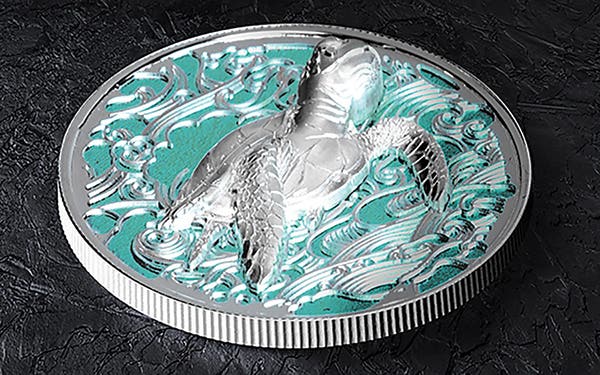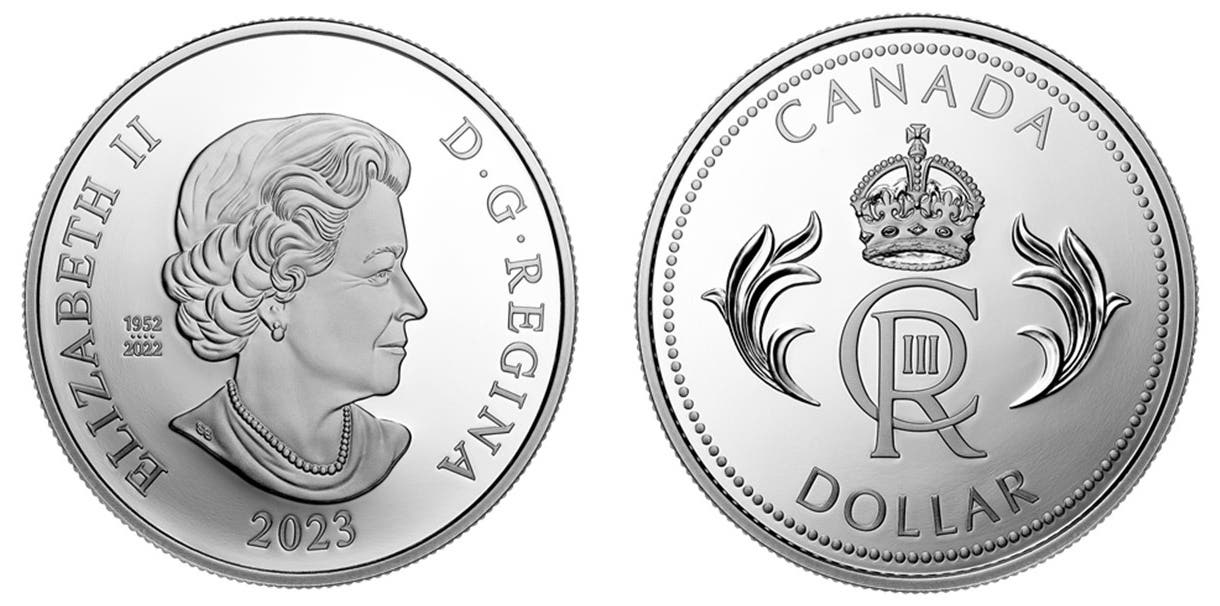Chinese coin hoard weighs tons
A find of approximately 5.6 tons estimated to involve about 300,000 copper composition Song Dynasty wén coins has been uncovered by people building a house in a village in Chacun,…
A find of approximately 5.6 tons estimated to involve about 300,000 copper composition Song Dynasty wén coins has been uncovered by people building a house in a village in Chacun, according to the Jiangnan Metropolis Daily newspaper.
The initial discovery was made Oct. 13, with a government excavation of the site beginning Oct. 22, according to the Oct. 26 South China Morning Post. Excavations were conducted by the Ceramics Archaeology Institute. The coins were to be turned over to the government under the Chinese Civil Relic Protection Law.
While the South China Morning Post commented, “The antique coppers are not likely to prove especially valuable – certainly not compared with ancient gold or silver coinage,” the Jiangnan newspaper reported villagers looking for more “treasure” after the archaeologists completed their work.
Article 34 of the Chinese Civil Relic Protection Law reads: “No entity or individual may take any of the cultural relics excavated into its or his own possession.” Article 12 says the state shall give “moral encouragement or material awards” to anyone donating “important cultural relics in one’s own collection to the state.” Article 53 authorizes the Department of Cultural Relics Administration to establish cultural relic shops through which certain objects might be offered for sale. Nowhere in the CCRP law does it specifically mention coins.
The house is in Fuliang, Chacun, in Fuliang county near Jingdezhen in East China’s Jiangxi province. Jingdezhen is known as the “capital of porcelain.”
It was reported that villagers believe the place where the coins were found used to belong to a local landlord more than a thousand years ago, based on local folk tales. This was refuted by Fuliang County Museum Director Feng Ruqin, who said it was more likely that the coins were hidden by a local civic or business group, or that the coins had been the assets of a local bank.
According to Feng, due to corrosion problems, weighing, cataloging and academic research, it will take two to three years before conclusions can be drawn on the find.
It is known that the coins date from the time of the Song dynasty (960-1279). The dynasty relocated its capitol to Lin’an (Hangzhou today) after the city of Kaifeng was lost to the Jurchen Jin in 1127. Lin’an is near where the coins were found. The problem is that there is no local source of copper, which quickly led what was then the Southern Song dynasty to produce lower quality coins than those issued by the Northern Song dynasty. This also led to the emergence of paper money as copper cash coins became scarce. Iron coins were issued, but due to corrosion and manufacturing problems were never popular. Some numismatists have referred to this as the Qian Huang or “currency famine” for the Southern Song dynasty.
The southern government cut military wages in half by 1161 due to a shortage of wen coins. In 1170 Huizi paper money became a permanent fixture since it was mandated half of all taxes be paid with this form of currency. This resulted in increased demand for the notes as well as for the increasingly scarce bronze coinage. Inflation eventually led to the use of small coin tallies called Qian Pai.
Despite the decline in bronze coin production to about three percent of what was being issued by the Northern Song dynasty, monetary regions, each with their own unique combination of bronze and/or iron coins, paper money and silver sycees, were established in the south. During the same period, the Northern Song dynasty issued large “biscuit coins” composed of bronze.
The Northern Song dynasty issued various typeface coins through 1179, then began using a regular script exclusively. Script appears in standard top-bottom-right-left format or clockwise, top-right-bottom-left. The Southern Song dynasty began using regnal dates and mintmarks on its coins the following year in an effort to prevent counterfeiting. It was from this point forward that the number of bronze coins being issued was reduced.
The final three Song dynasty emperors did not issue coins due to a lack of available mints and metal resources as the Mongols advanced on them.
This article was originally printed in World Coin News. >> Subscribe today.
More Collecting Resources
• Liked this article? Read more by subscribing to Numismatic News.
• Check out the newly-updated Standard Catalog of World Coins, 2001-Date that provides accurate identification, listing and pricing information for the latest coin releases.








